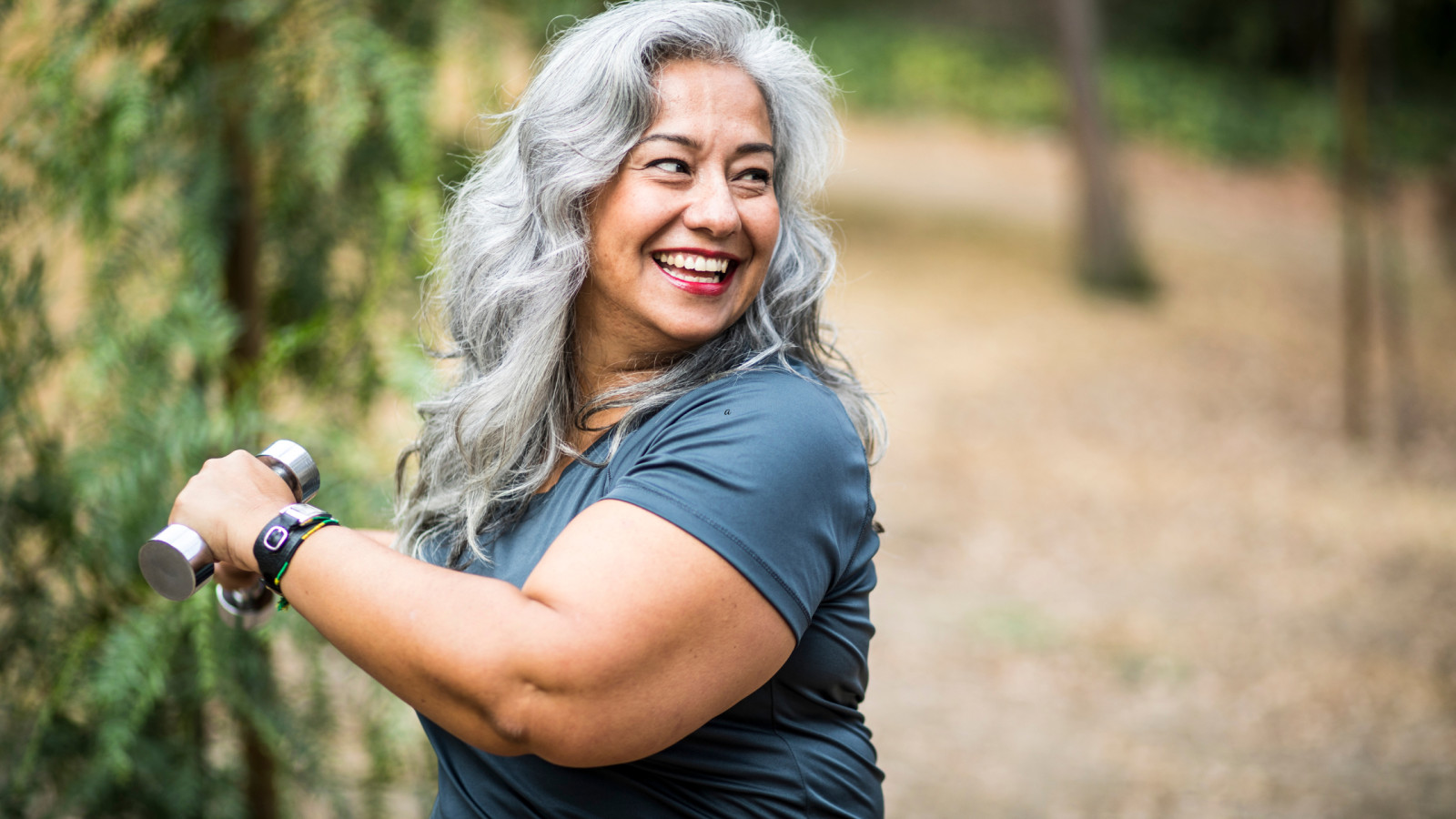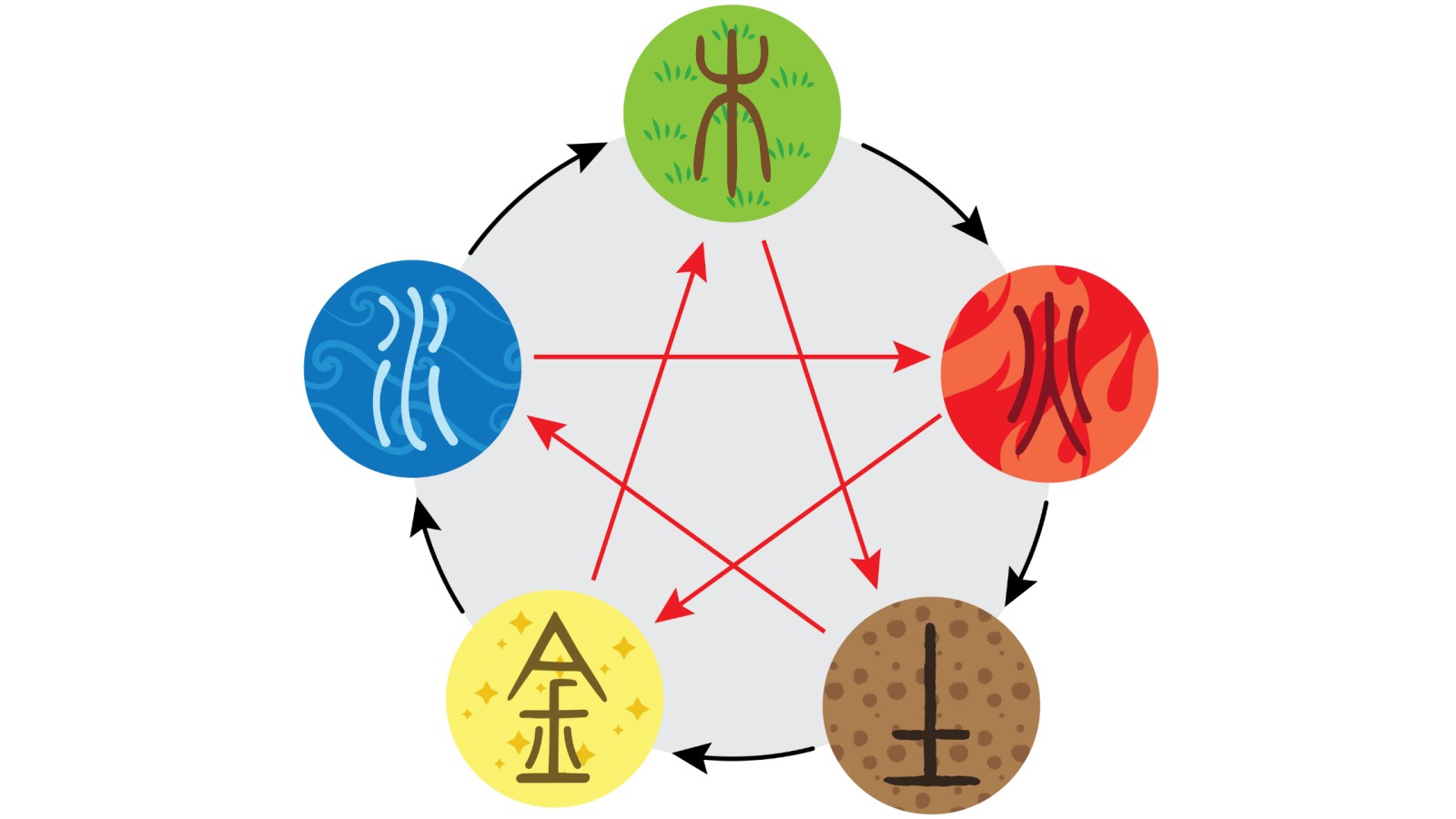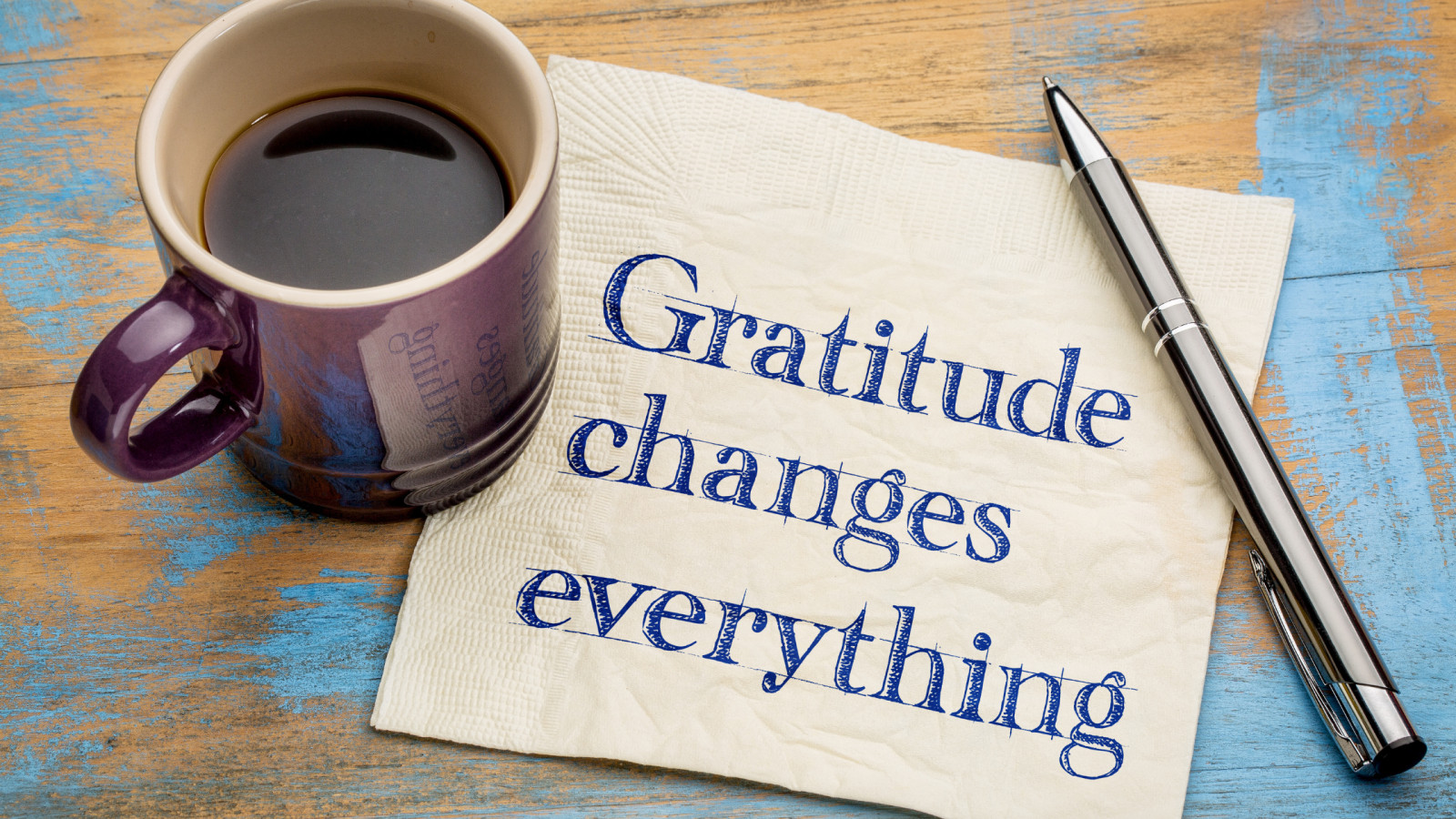
In a world that often demands women remain calm and compliant, what if the fiery energy of rage isn't a flaw, but a profound, transformative force waiting to be embraced? Suppressed anger can silently manifest as physical and emotional burdens, dimming your inner power and blocking paths to true authenticity. Discover how reframing this intense energy can unlock hidden strengths and foster deep personal healing through ancient practices that channel it wisely. By exploring these tools, you'll learn to turn what feels like chaos into a catalyst for empowerment and clarity. Dive deeper into this journey and uncover how harnessing your fire can lead to a more vibrant, unapologetic life.
Read more...
Unlock the transformative power of self-care and discover why putting your needs last may be costing you more than you realize. Break free from the exhausting cycle of people-pleasing, where saying "yes" often means sacrificing your own health and happiness for external validation. This post delves into the unseen toll of chronic self-abandonment—from the physical and mental strains to the spiritual disconnection it creates. Learn how to heal these patterns through mindful boundaries and intentional rest, and watch as your energy stabilizes and your life attracts harmony and abundance. Ready to reclaim your power and reset your inner equilibrium? Dive into the full post and embark on a journey to realign with your authentic self, where honoring your needs becomes your new norm.
Read more...
Unlock a transformative new perspective on weight and self-care by exploring the body's remarkable intelligence. Imagine reinterpreting those stubborn pounds not as defiance but as a biological safeguard—a gentle boundary your body has unconsciously set. Dive into the world where nervous systems prioritize survival, where modern stressors replace ancient threats, and where emotional burdens can weigh as heavily as physical ones. Discover how to nurture this brilliance with strength training that fortifies rather than punishes, and nutrition that stabilizes rather than starves. Learn the art of creating safety through regulation, healthy boundaries, and intuitive self-talk, leading not just to weight loss but to the shedding of unseen armor. Embrace a path where safety becomes your guide, inviting a profound release and awakening your true self.
Read more...








